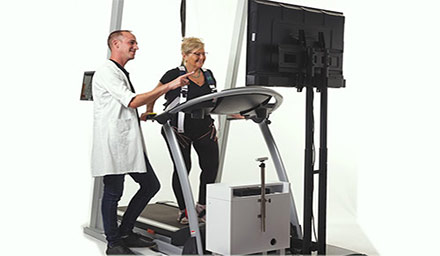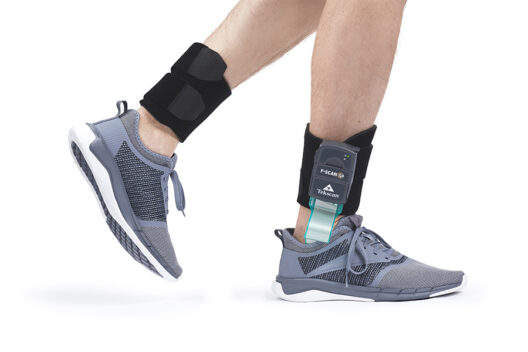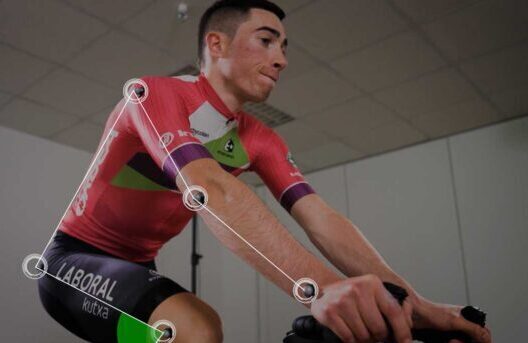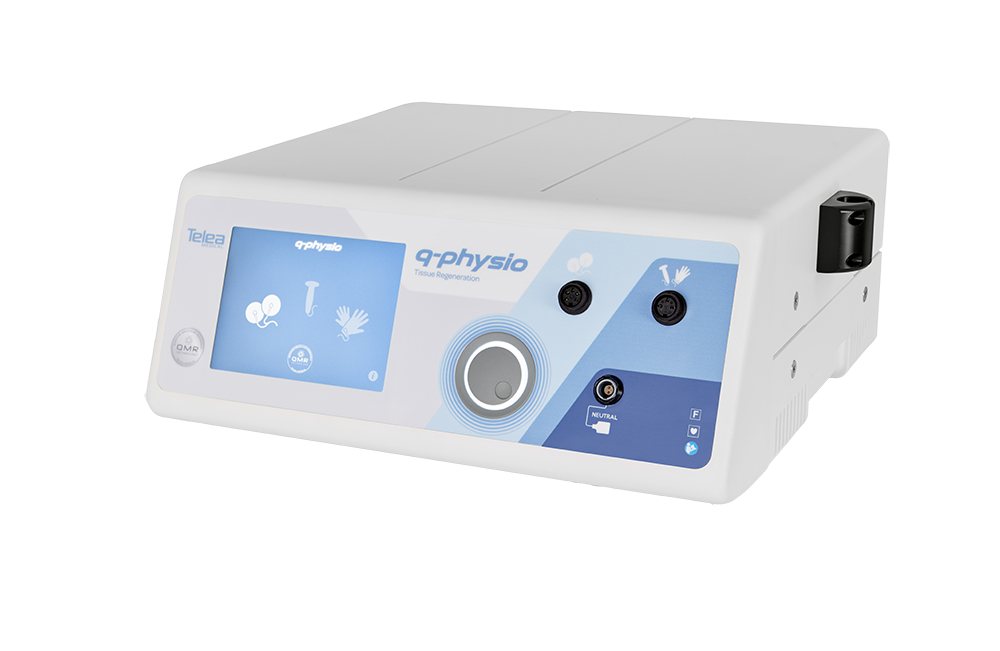
During the »Best Presentation« abstract session at the GOTS Congress 2023 in Luxembourg (15 to 17 June), Prof. Ludger Gerdesmeyer presented new results of a prospective, double-blind, randomized and placebo-controlled study on Extracorporeal Magnetotransduction Therapy (EMTT).¹ The findings show that EMTT is an effective non-invasive therapy option in the treatment of shoulder joint enthesopathies.
The study included 43 patients who, for more than 12 weeks, had suffered from significant and clinically relevant shoulder pain due to tendinopathies (insertional rotator cuff tendinopathy, long biceps tendinopathy) without responding to conservative non-invasive treatments. The subjects were randomized into two groups (group 1: EMTT; group 2: placebo). The EMTT protocol consisted of eight sessions (two sessions/week; pulses: 10,000; frequency: > 100 kHz; field strength: > 60 mT; effective magnetic transduction power: > 60 kT/s). The primary endpoint was twofold: the percentage change in pain measured by visual analogue scale (VAS) score and the change in Short Form 12 Health Survey (i.e. SF-12) score (physical and mental) 12 weeks after the last intervention. Secondary endpoints were change in VAS and SF-12 scores six weeks after the last intervention and clinically relevant success rates (more than 50% VAS reduction) 12 weeks after the last EMTT treatment. Nonparametric procedures were performed using the Wilcoxon-Mann-Whitney test.
Results and conclusions
The between-group differences at baseline were not significant with regard to biometric data and outcome parameters.
In the active EMTT group, the VAS score dropped from 5.0 to 2.8 after six weeks and to 2.0 after 12 weeks. In the placebo group, VAS decreased from 5.0 to 3.6 after six weeks and to 3.7 after 12 weeks. The difference was statistically significant at week 6 and week 12 (all P < 0.01). Mann-Whitney (MW) effect sizes indicated at least »large« superiority for all follow-up evaluations (MW 0.71). The SF-12 showed similar outcomes: the superiority of active EMTT treatment was significant at week 6 and week 12, with MW benchmarks for large superiority (MW > 0.71; P < 0.0001). No clinically relevant adverse events were observed.
The authors conclude that EMTT is an effective non-invasive and non-pharmacological treatment option for patients suffering from degenerative joint diseases and enthesopathies. They emphasize that this is an important aspect for top athletes with regard to doping regulations.
Source:
1) L. Gerdesmeyer, K. Knobloch, H. Gollwitzer, M. Ringeisen, Prospective double blinded placebo controlled trial of high energetic magneto transduction therapy in shoulder joint enthesiopathies, Sports Orthopaedics and Traumatology, Volume 39, Issue 2, 2023, Page 212, ISSN 0949-328X, https://doi.org/10.1016/j.orthtr.2023.03.045


































